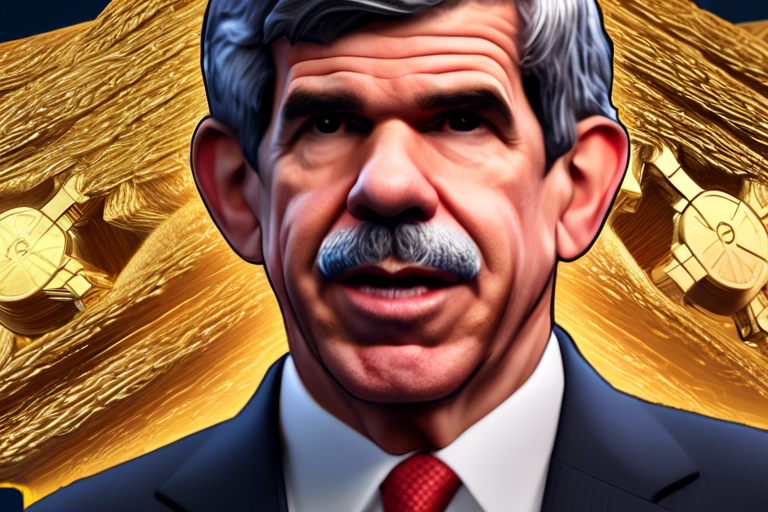Understanding the Risks of Waiting Too Long to Cut Interest Rates with Mohamed El-Erian
In a recent discussion with Mohamed El-Erian, the chief economic advisor, the risks associated with the Federal Reserve waiting too long to cut interest rates were highlighted. El-Erian pointed out that there are two sides to the soft landing that the Fed is aiming for, with risks on both ends. While Fed Chair J. Powell emphasized the importance of remaining data dependent, El-Erian expressed concerns about the balance of these risks. He mentioned that there is a 35% probability of the Fed being too late in cutting rates, which could result in the economy slowing down more than it should, impacting small businesses and low-income households.
Timing of Interest Rate Cuts and Potential Consequences
El-Erian also discussed the timing of interest rate cuts and highlighted the potential consequences of waiting too long. He mentioned that if the Fed follows the current projections, with a possible rate hike in December, it could be considered too late. By that time, the effects of significant rate increases would already be impacting small businesses and households, eroding their financial buffers. El-Erian suggested that recent data releases could lead to a change in the Fed’s projections, indicating the need for a more proactive approach to interest rate policy.
- Significant rate hike in December could be considered too late
- Effects of rate increases already impacting small businesses and households
- Recent data releases could prompt a change in the Fed’s projections
Interpreting Federal Reserve Projections and Market Reactions
El-Erian advised investors to interpret the Federal Reserve’s projections cautiously, highlighting the discrepancies between the projections and market reactions. He mentioned that the market has largely ignored the Fed’s guidance, indicating a lack of confidence in the projections. El-Erian believes that excessive transparency and communication from the Fed may not always convey a clear message, leading to confusion among investors. He suggested that the Fed needs to take a more forward-looking approach to provide better guidance to the market.
- Investors should interpret Fed’s projections cautiously
- Market has largely ignored Fed’s guidance
- Fed needs to take a more forward-looking approach for better guidance
Challenges of Data Dependency and Forward-Looking Indicators
El-Erian discussed the challenges of excessive data dependency and the importance of using forward-looking indicators for economic assessments. He mentioned that data volatility has led to market confusion and highlighted the need for the Fed to take a more proactive stance. El-Erian emphasized the significance of forward-looking indicators, such as company earnings calls, in understanding the economic landscape. He expressed concerns about weakening demand and the potential risks posed by softness in the labor market.
- Data volatility leading to market confusion
- Importance of forward-looking indicators for economic assessments
- Concerns about weakening demand and risks in the labor market
Impact of AI on Corporate Efficiency and Long-Term Growth
El-Erian also touched upon the impact of AI on corporate efficiency and long-term economic growth. He acknowledged that AI could enhance productivity and efficiency, leading to better growth prospects in the future. However, he also highlighted potential labor consequences and other factors that need to be considered. El-Erian suggested that AI could serve as a tool for enhancing productivity and driving the supply side of the economy in a favorable direction.
- AI could enhance productivity and efficiency
- Potential labor consequences need to be considered
- AI as a tool for driving the supply side of the economy
Hot Take: Embracing Forward-Looking Strategies for Economic Stability
As a crypto investor, it is essential to consider the risks associated with the Federal Reserve’s decision-making process, especially when it comes to interest rate cuts. Mohamed El-Erian’s insights shed light on the importance of taking a proactive stance on economic policy to avoid potential pitfalls. By embracing forward-looking strategies and staying informed about market dynamics, you can navigate the complexities of the financial landscape with confidence and agility.





 By
By
 By
By
 By
By
 By
By
 By
By